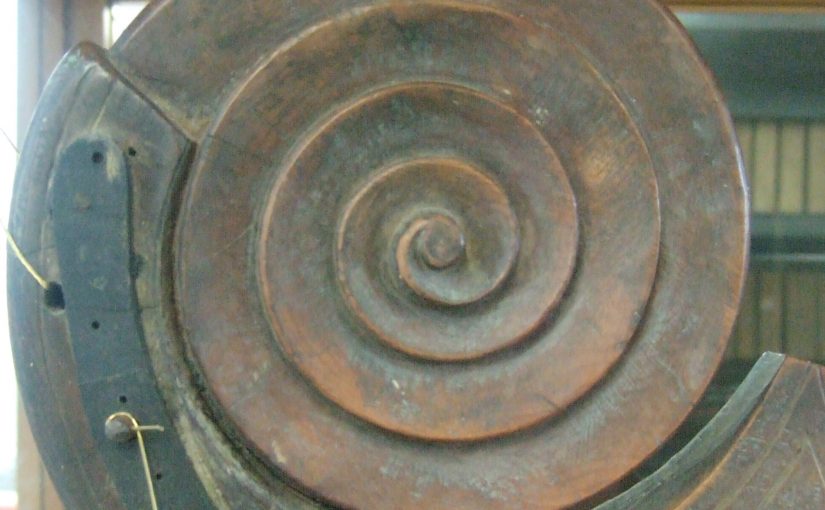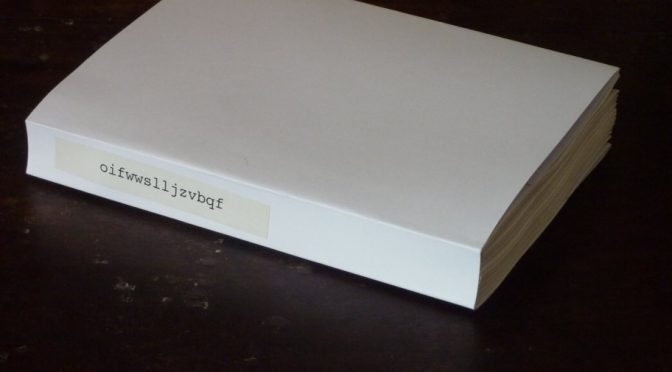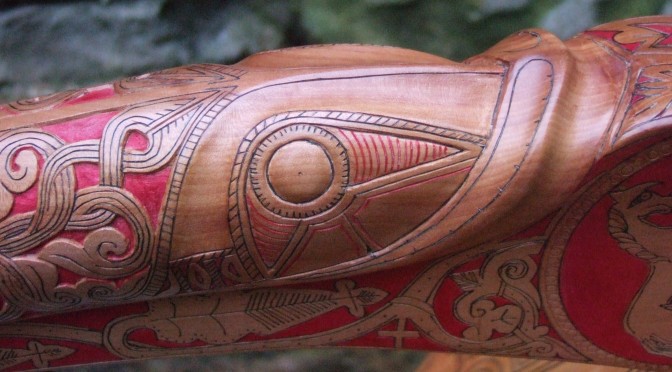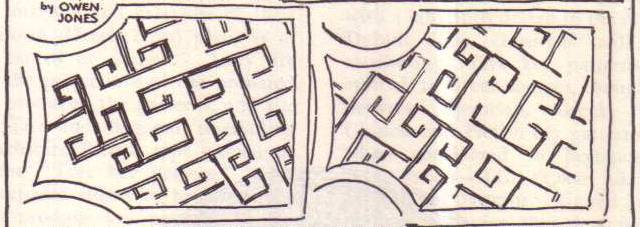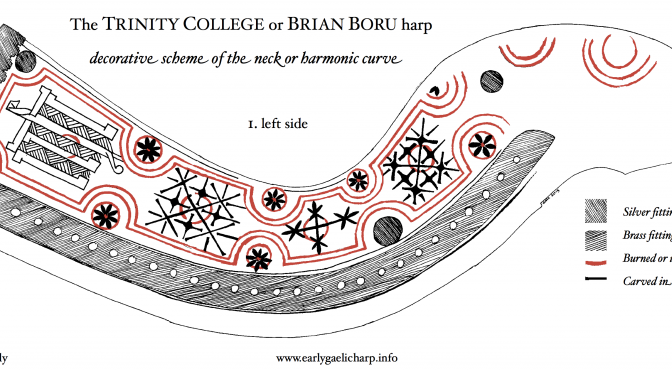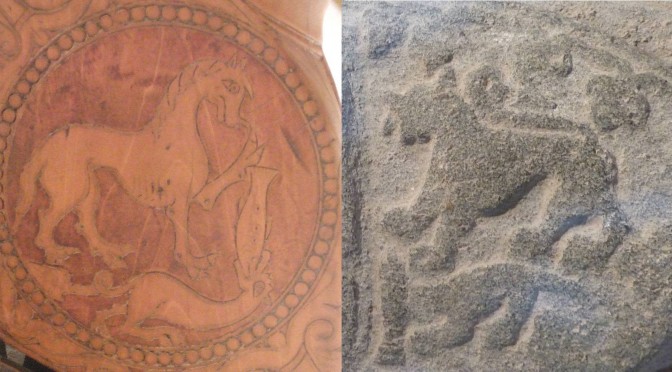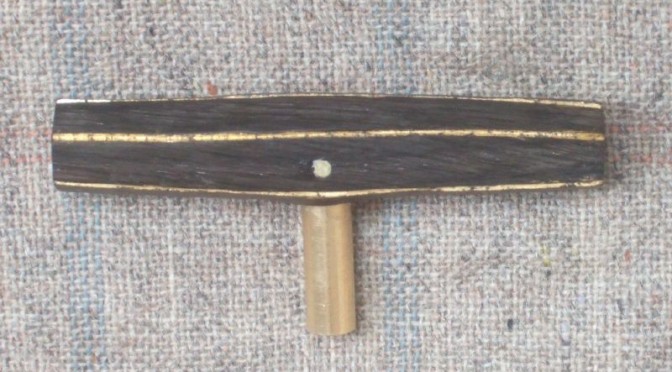A discussion about the provenance of the Rose Mooney or Carolan harp which is owned by the National Museum of Ireland, prompted some thoughts about the decorative finial on the tops of the forepillars of the old Irish harps. I thought it might be interesting to line them all up to see if there were patterns or groups.
Continue reading Irish harp finials: scrolls, figures and beasts
